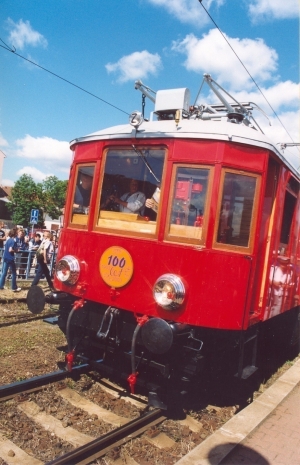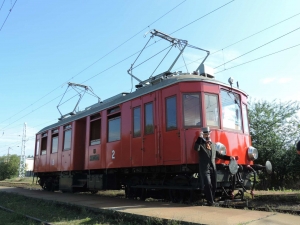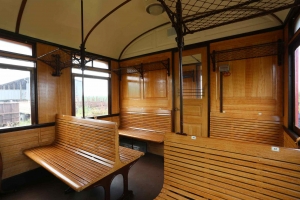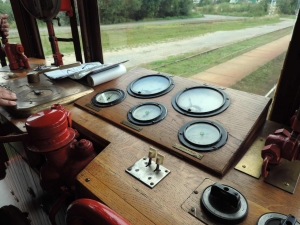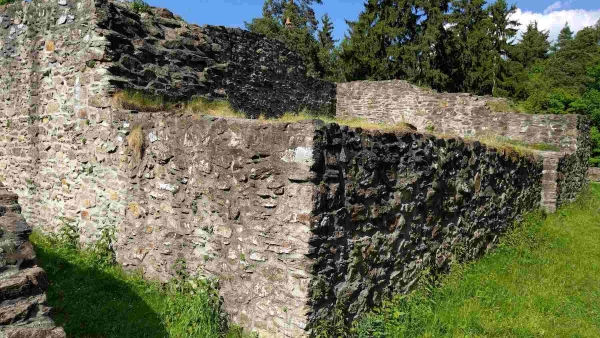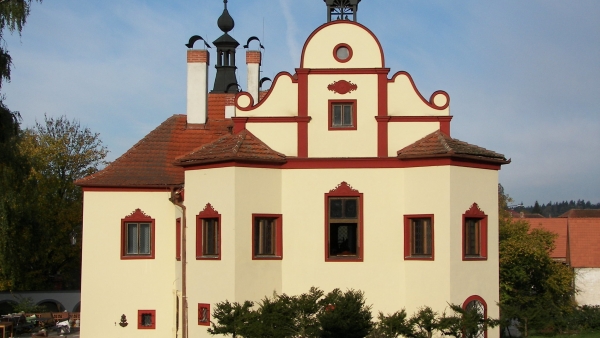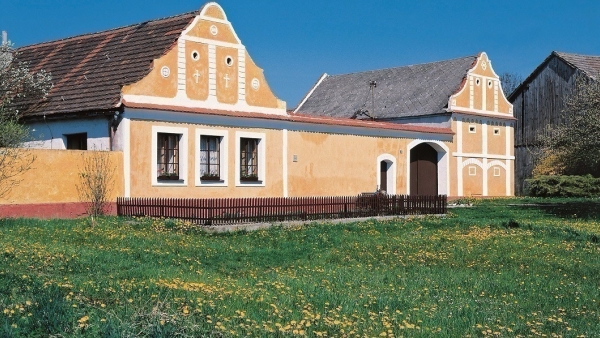František Křižík´s electric railway - a technical monument
Křižík´s electric railway was the first electric railway in the Austro-Hungarian Monarchy. The intention to establish a railway from Tábor to Bechyně was submitted to the Czech Diet in 1896. František Křižík took the greatest credit for the fact that the railway was electrified.
The construction of the very beginning of the railway was technically very interesting, because the river Lužnice had to be spanned. Electricity was supplied by a power plant situated near the constructed bridge. Another technical challenge was the construction of a bridge in Bechyně. It was finished 1928 and only then was the track extended to the town where a new railway station was built. However, these were not the only technical and operational peculiarities designed along the route. Because the Bechyně railway was intended to be a local one, various compromises on technical parameters were made (such as smaller diameter of curves, lighter tracks, terrain inclination up to 35%) which brought about the reduction of construction costs. The first train set off on the 24 km long journey to Bechyně on 1 June 1903.
The line is operational even these days; however, you can board on historical wagons just a couple of times throughout a year – e.g. in the summer season, and another very popular occasion comes on St. Nicholas Day.

